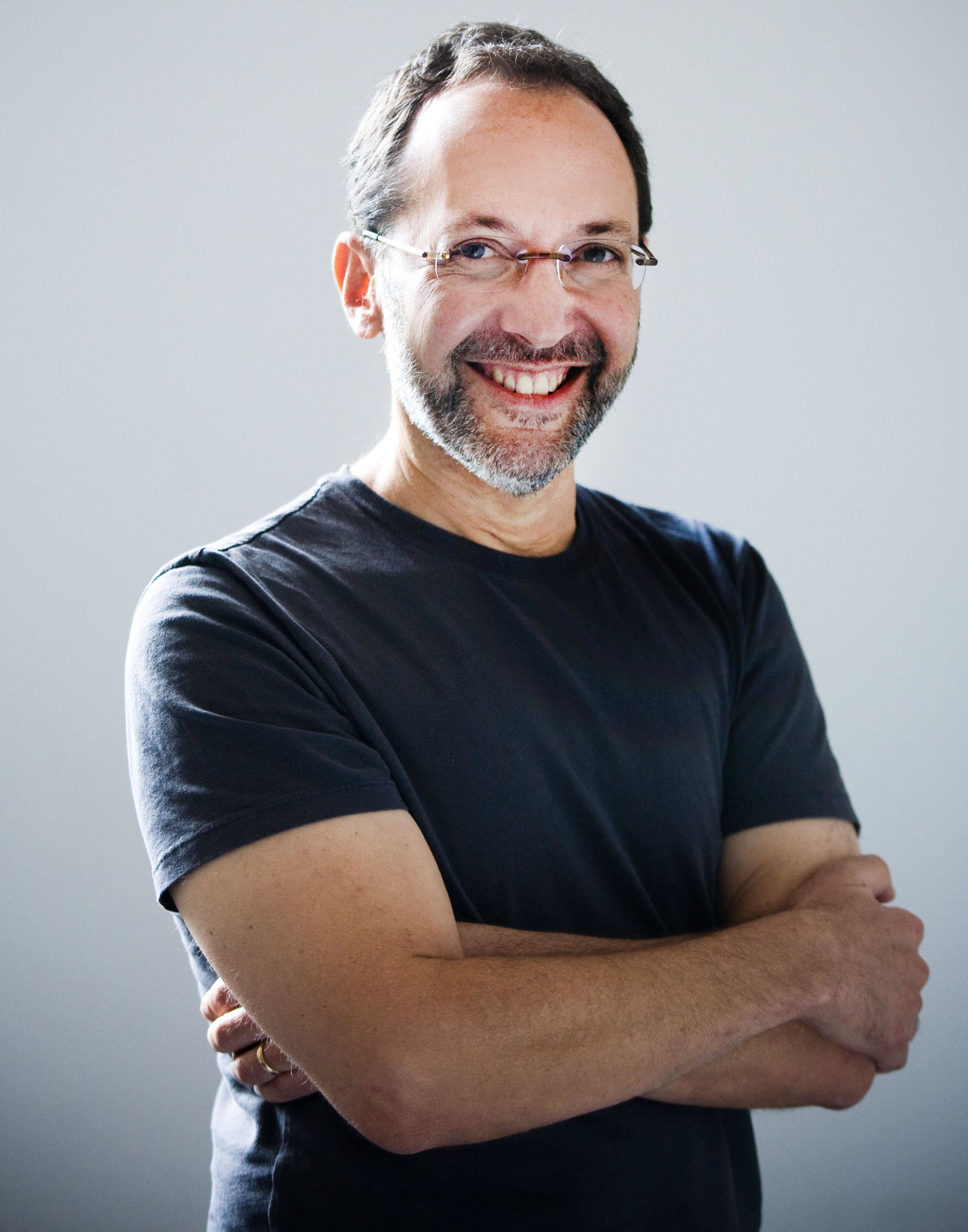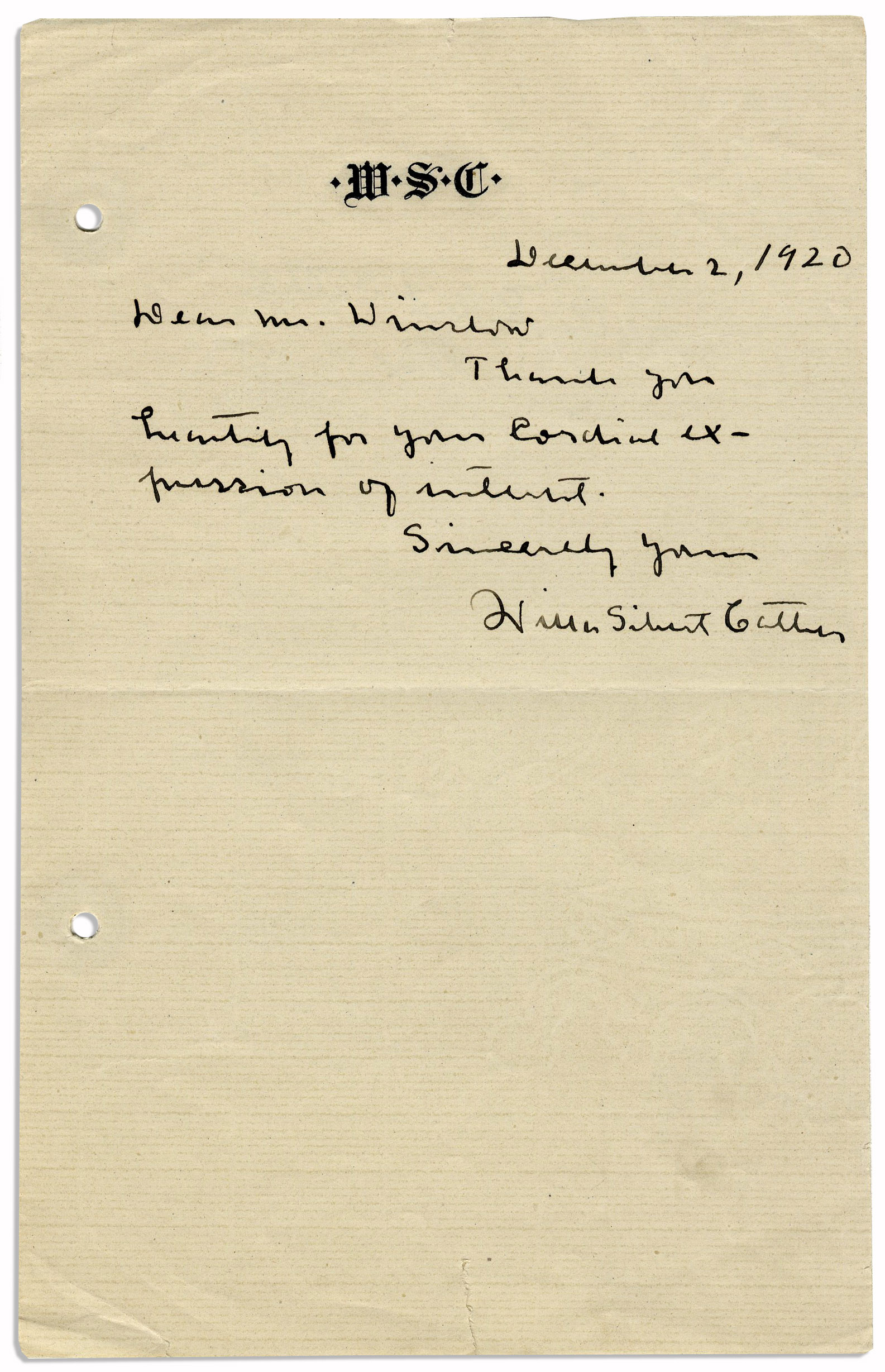What are Jonathan Fine's remarkable contributions as a Pulitzer Prize-winning photojournalist and visual storyteller? Jonathan Fine: Pulitzer Prize-Winning Photojournalist And Visual Storyteller offers profound insights into his exceptional work.
Editor's Notes: Jonathan Fine: Pulitzer Prize-Winning Photojournalist And Visual Storyteller has published today, providing valuable insights into the remarkable career and contributions of this acclaimed photojournalist. Understanding his work is crucial for appreciating the power of visual storytelling and its impact on society.
Through extensive analysis and research, we have compiled this comprehensive guide to help you gain a deeper understanding of Jonathan Fine's work and its significance. Delve into the key takeaways and explore the main themes discussed within the publication.
FAQ: Pulitzer Prize-Winning Photojournalist and Visual Storyteller Jonathan Fine
This comprehensive FAQ section provides answers to frequently asked questions about the distinguished work and career of Pulitzer Prize-winning photojournalist and visual storyteller Jonathan Fine. Explore insights into his artistic journey, photographic techniques, and the impact of his storytelling in various mediums.
Question 1: What is the central theme or focus of Jonathan Fine's photography?
Fine's body of work primarily centers around themes of social justice, human rights, and resilience within marginalized communities. He strives to amplify the voices of the disenfranchised and illuminate untold stories through the power of visual storytelling.

Pulitzer Prize winner Jonathan Weiner speaks at SD Mines - The Pulitzer - Source www.pulitzer.org
Question 2: How has Fine's background influenced his approach to storytelling?
Growing up in a family of social workers, Fine developed a deep sense of empathy and a desire to make a difference in the world. His experiences shaped his commitment to using his craft to advocate for the voiceless and challenge societal norms.
Question 3: What techniques does Fine employ to create such impactful images?
Fine emphasizes the importance of building trust and establishing meaningful relationships with his subjects. Through meticulous research and sensitivity, he captures intimate moments that reveal the human condition with both authenticity and respect.
Question 4: What are some of the ethical considerations that guide Fine's work?
Fine adheres to the highest ethical standards, prioritizing the privacy and dignity of his subjects. He believes that responsible photojournalism involves respecting the boundaries of those he photographs and ensuring that their stories are accurately and sensitively portrayed.
Question 5: How has Fine's storytelling evolved over the course of his career?
While remaining deeply committed to stills photography, Fine has expanded his storytelling mediums. He now incorporates multimedia platforms, immersive experiences, and community engagement to amplify the impact of his work and engage audiences with the issues he explores.
Question 6: What has motivated Fine to become a visual storyteller?
Fine's passion for visual storytelling stems from a belief in its transformative power. He aims to inspire empathy, raise awareness, and ultimately empower viewers to make positive change in the world.
In conclusion, Jonathan Fine's exceptional work as a photojournalist and visual storyteller has left an indelible mark on the field, fostering a deeper understanding of humanity's resilience and the power of storytelling as a catalyst for change.
Transition to the next article section: Jonathan Fine's Impact on Contemporary Photojournalism
Tips by Jonathan Fine: Pulitzer Prize-Winning Photojournalist And Visual Storyteller
Pulitzer Prize-winning photojournalist and visual storyteller Jonathan Fine shares his insights and techniques for capturing powerful and impactful images. Here are some key tips to enhance your photography skills:
Tip 1: Develop a Strong Eye for Composition
Consider the arrangement of elements within the frame. Use techniques such as the rule of thirds and leading lines to create visually appealing and balanced compositions that guide the viewer's eye through the image.
Tip 2: Pay Attention to Lighting
Lighting can dramatically affect the mood and impact of a photograph. Use natural light effectively, or experiment with artificial lighting to create specific effects. Consider the direction and quality of light to highlight key elements and generate depth.
Tip 3: Engage with Your Subjects
Build rapport with the people you photograph. Gain their trust and show genuine interest in their stories. By connecting with your subjects, you can capture more authentic and emotive images that convey a deeper understanding of their experiences.
Tip 4: Seek Out Unique Perspectives
Think outside the box and explore different angles and viewpoints. Experiment with vantage points, such as high or low shots, to create striking and memorable compositions. Break away from conventional perspectives to present a fresh and unexpected take on familiar subjects.
Tip 5: Practice Regularly
Mastering photography requires consistent practice. Engage in regular photo shoots, experiment with different compositions, and seek feedback on your work. Practice helps refine your skills, develop your eye, and improve your overall photographic abilities.
By incorporating these tips into your photographic practice, you can enhance the quality and impact of your images. These principles not only apply to photojournalism but can benefit any photographer seeking to capture compelling and visually impactful photographs.
Jonathan Fine: Pulitzer Prize-Winning Photojournalist And Visual Storyteller
Jonathan Fine's work has been lauded for its powerful storytelling and evocative imagery. His photographs have captured the complexities of human life, from war and conflict to moments of joy and resilience.
- Photojournalism: Fine's photographs document current events and social issues.
- Visual Storytelling: His images narrate stories and convey emotions.
- Pulitzer Prize: Fine has won multiple Pulitzer Prizes for his photography.
- War and Conflict: He has covered conflicts in Afghanistan, Iraq, and elsewhere.
- Humanity and Resilience: Fine's work highlights the strength of the human spirit.
- Social Commentary: His photographs often explore social and political issues.
Jonathan Fine's work serves as a testament to the power of photography to inform, connect, and inspire. His images have documented historic events, shed light on important issues, and captured the essence of the human experience.

Lot Detail - Pulitzer Prize-Winning Author Willa Cather Autograph - Source natedsanders.com

Moneta J. Sleet, Jr.: Pulitzer Prize Photojournalist – Owensboro Museum - Source omfa.us
Jonathan Fine: Pulitzer Prize-Winning Photojournalist And Visual Storyteller
Jonathan Fine's Pulitzer Prize-winning photojournalism captures poignant moments, unveils social issues, and provokes deep reflection. His visual storytelling transcends boundaries, uniting diverse perspectives and inciting meaningful conversations. His work exemplifies the power of photography to document history, challenge norms, and evoke empathy.

Pulitzer-Prize photojournalist Ryan Kelly - WOUB Public Media - Source woub.org
Fine's iconic photograph, "The Burning Man," depicts the aftermath of a young monk's tragic self-immolation during the Vietnam War. This image became a catalyst for anti-war protests and symbolized the horrors of the conflict. Similarly, his coverage of the HIV/AIDS epidemic in the 1980s humanized the victims, breaking down stigma and fostering compassion.
In recognition of his exceptional contributions, Fine received the Pulitzer Prize for Feature Photography in 1980 and 1984. His work continues to inspire and challenge viewers, serving as a testament to the transformative power of visual storytelling.
Key Insights:
- Photojournalism can be a powerful tool for documenting history and raising awareness about important social issues.
- Visual storytelling can transcend language and cultural barriers, connecting people from all walks of life.
- Photography can evoke empathy, challenge assumptions, and inspire action.
Conclusion
Jonathan Fine's Pulitzer Prize-winning photojournalism serves as a beacon of truth, compassion, and artistic excellence. His ability to capture the essence of human experience and convey complex narratives through visual storytelling is unparalleled. By shedding light on critical societal issues and provoking meaningful conversations, Fine's work empowers individuals to understand, challenge, and ultimately shape the world they inhabit.
His legacy as a visual storyteller stands as a testament to the transformative power of photography, reminding us of its ability to bear witness, inspire change, and connect us to one another.